Emma McIntyre Heat
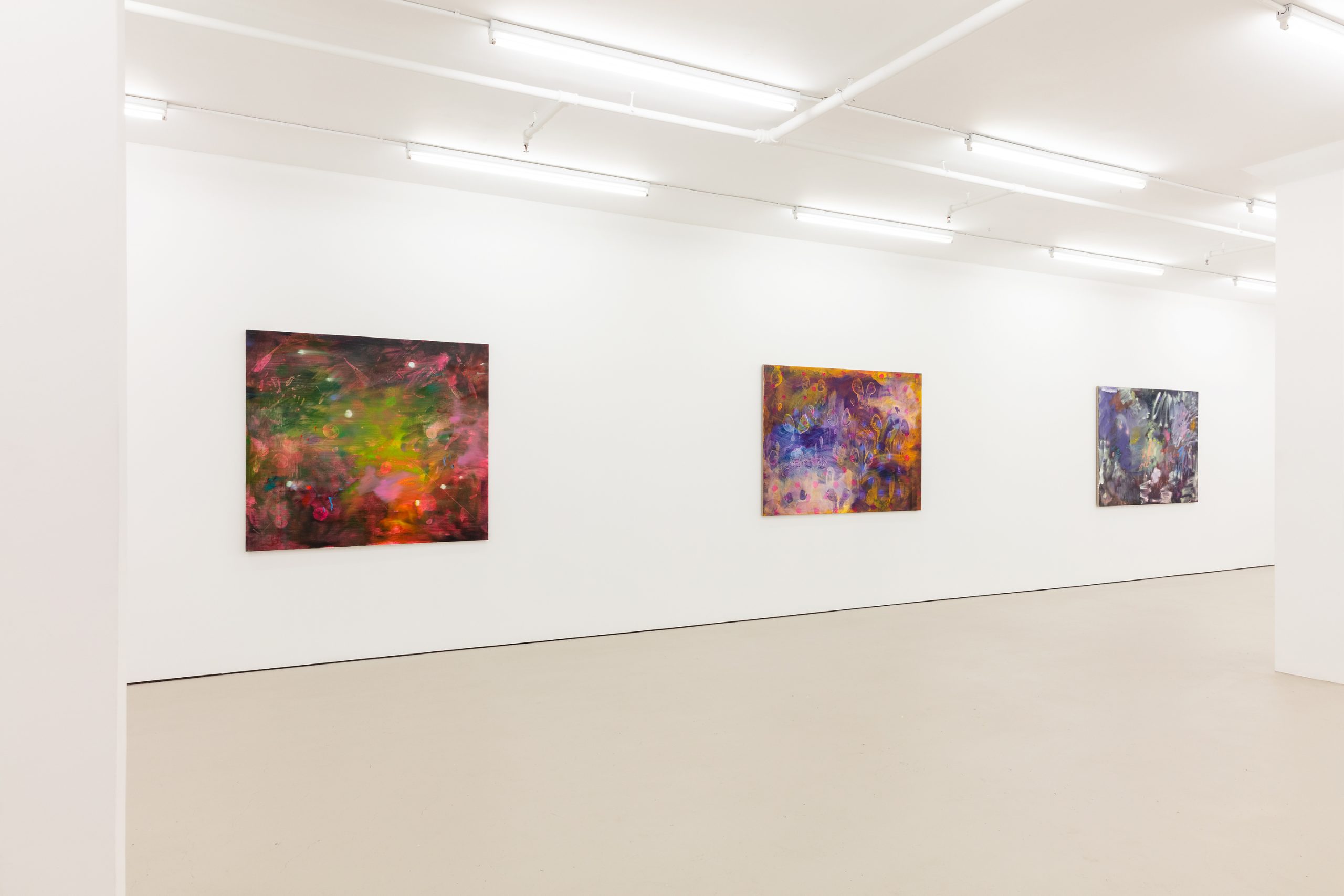
Emma McIntyre
Heat, 2020
installation view: Mossman, Wellington
photos: Harry Culy
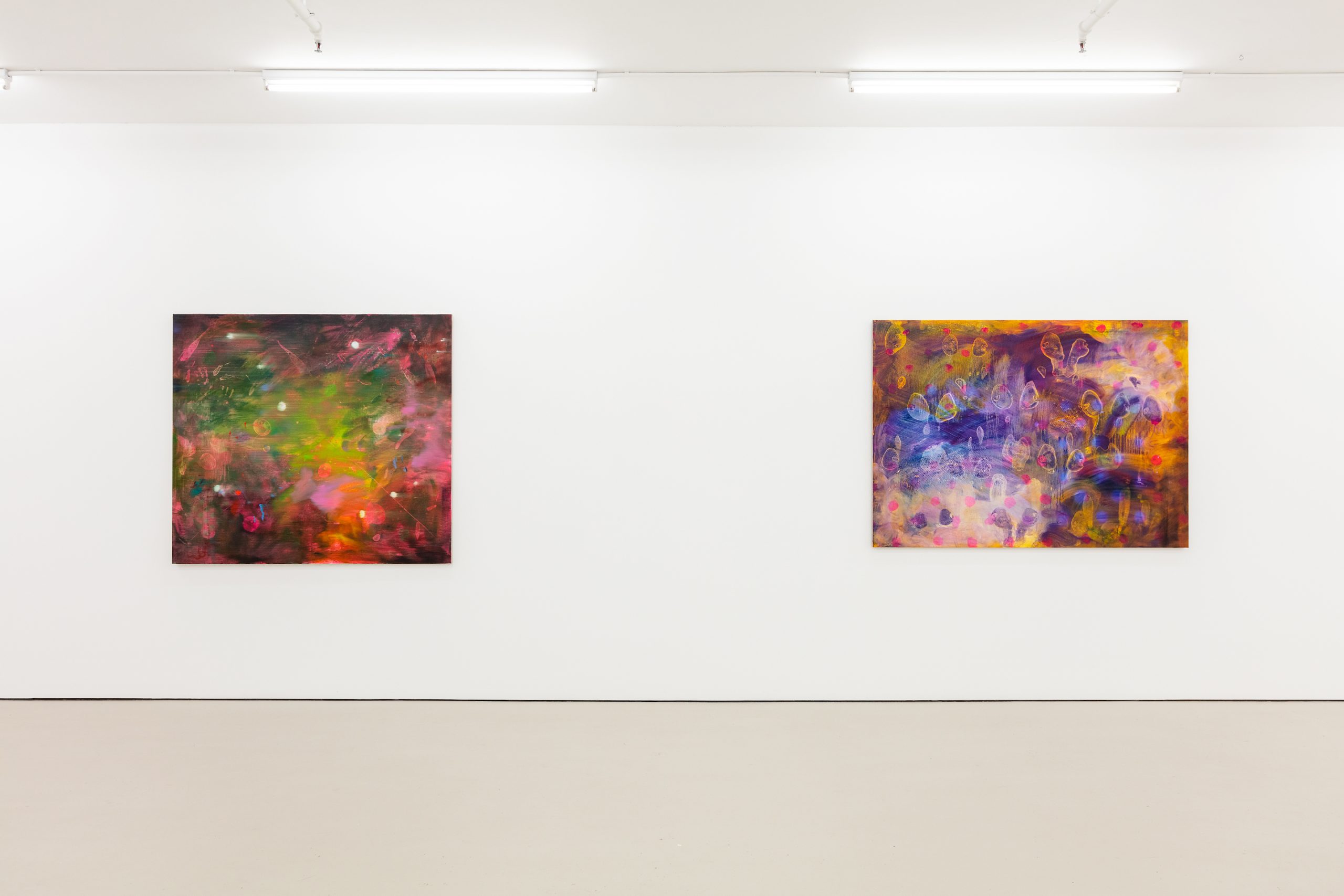
Emma McIntyre
Heat, 2020
installation view: Mossman, Wellington
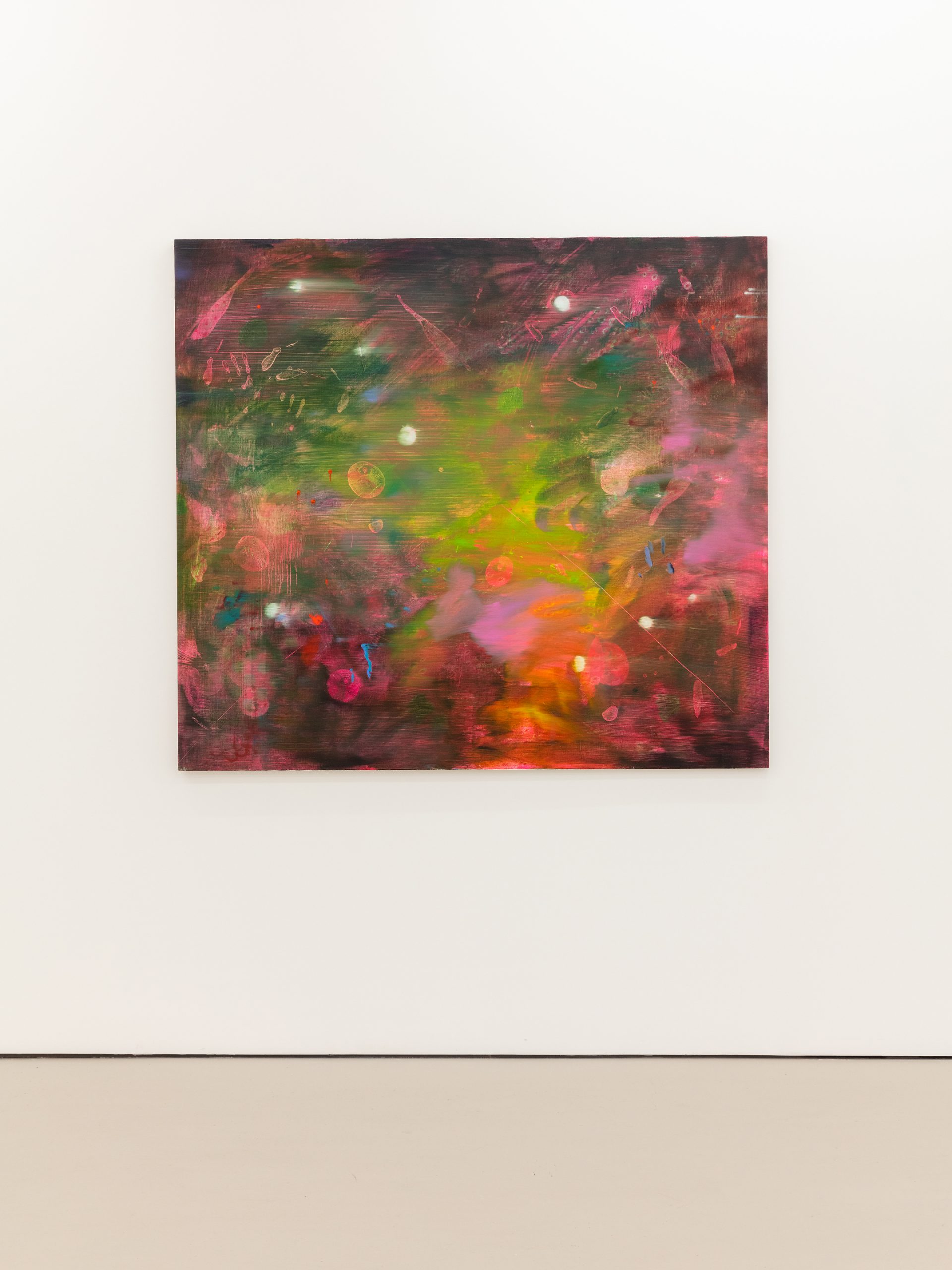
Emma McIntyre
Love in a time of iridescence, 2020
oil and flashe on linen
1320 x 1473mm
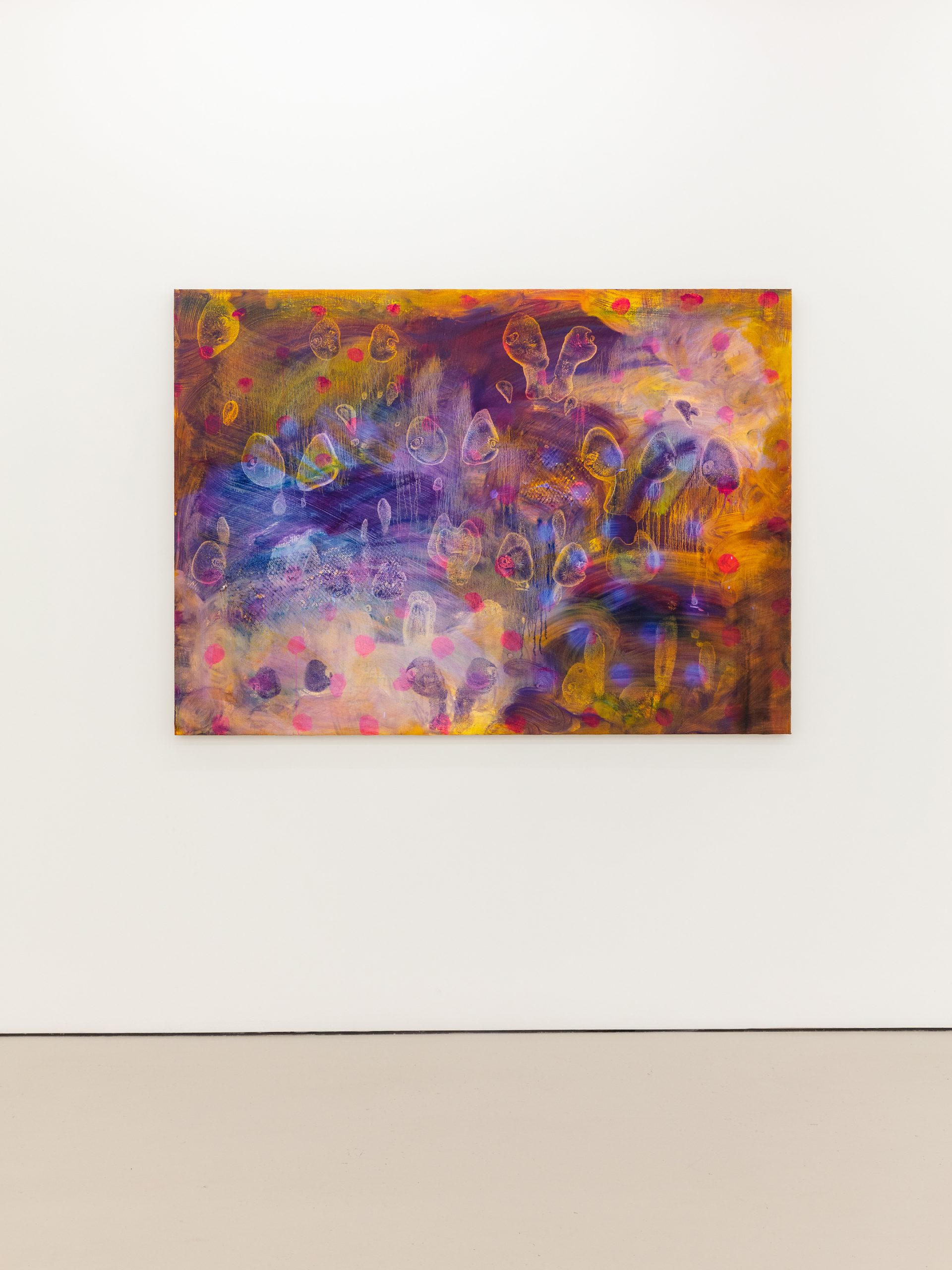
Emma McIntyre
Veils, 2020
oil and flashe on linen
1215 x 1675mm
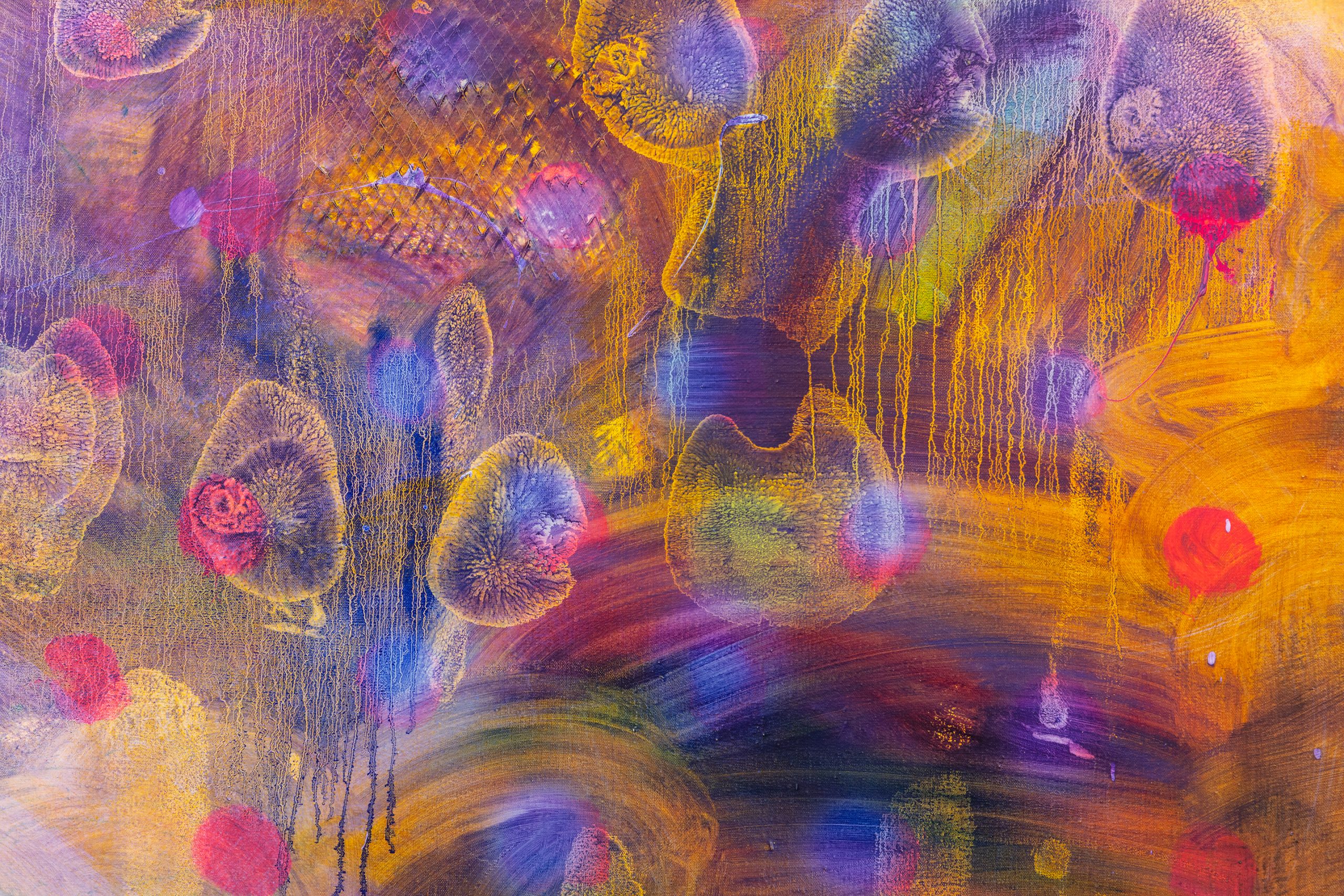
Emma McIntyre
Veils, 2020 (detail)
oil and flashe on linen
1215 x 1675mm
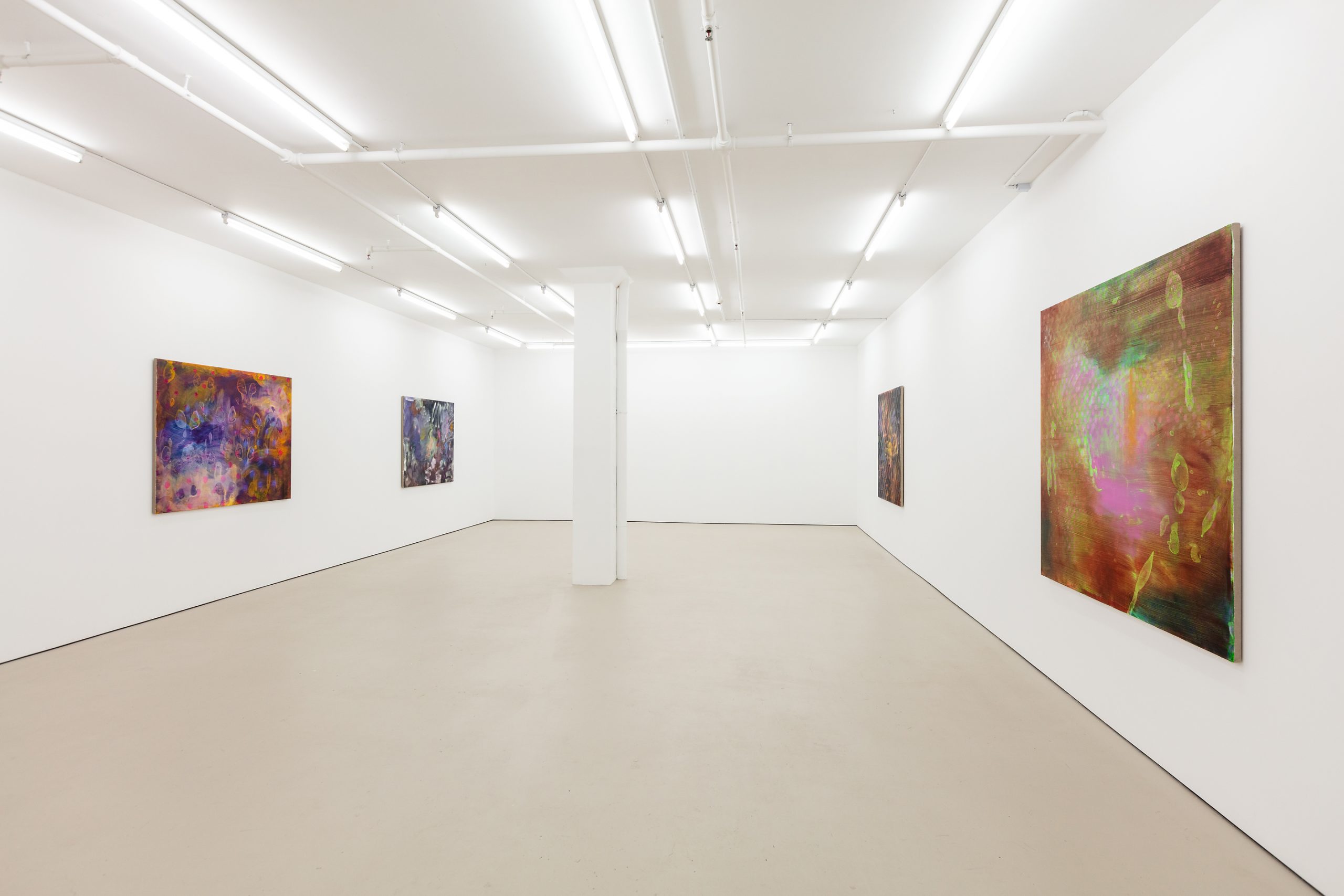
Emma McIntyre
Heat, 2020
installation view: Mossman, Wellington
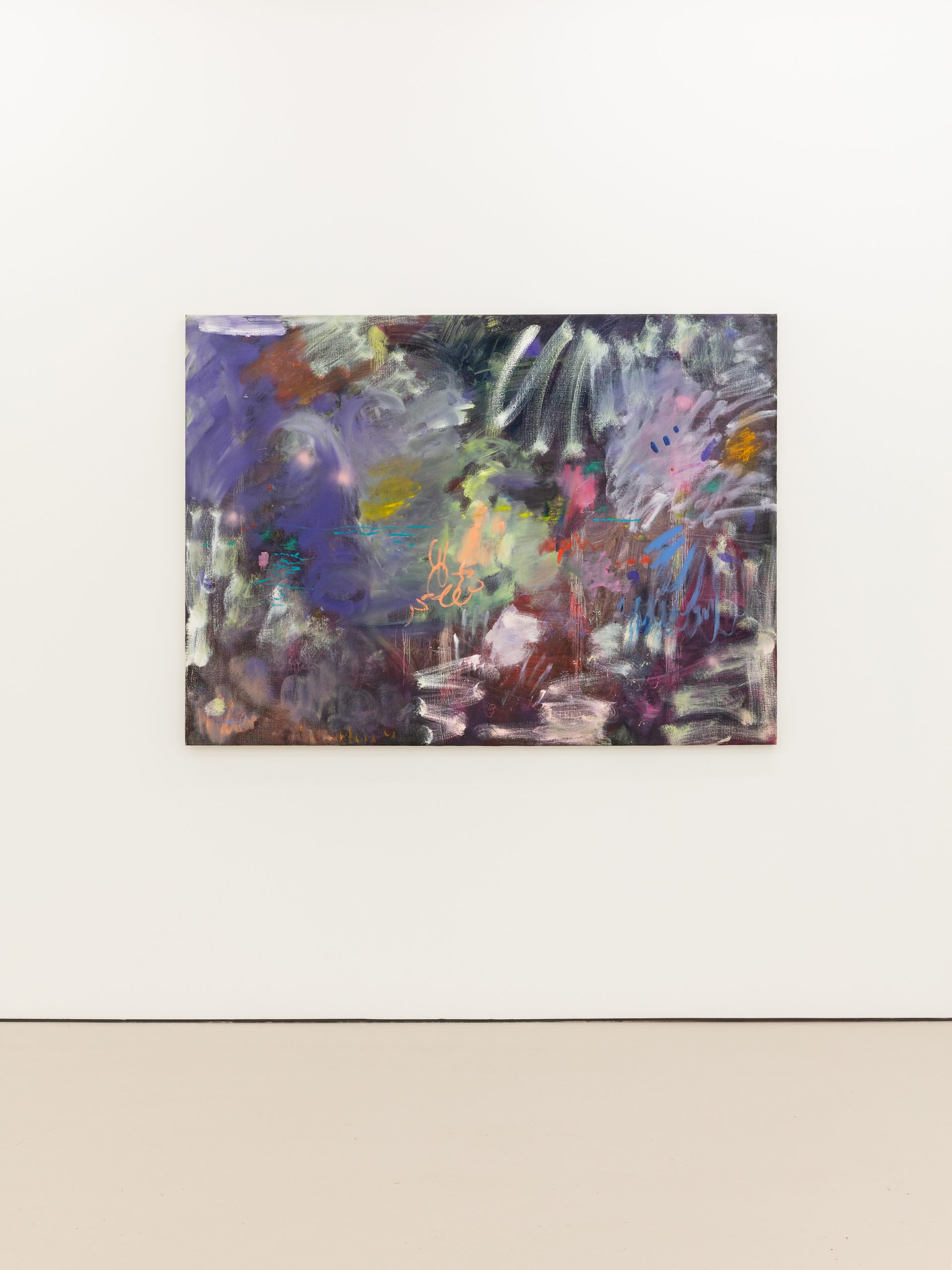
Emma McIntyre
Double Session, 2020
oil and flashe on linen
1220 x 1670mm
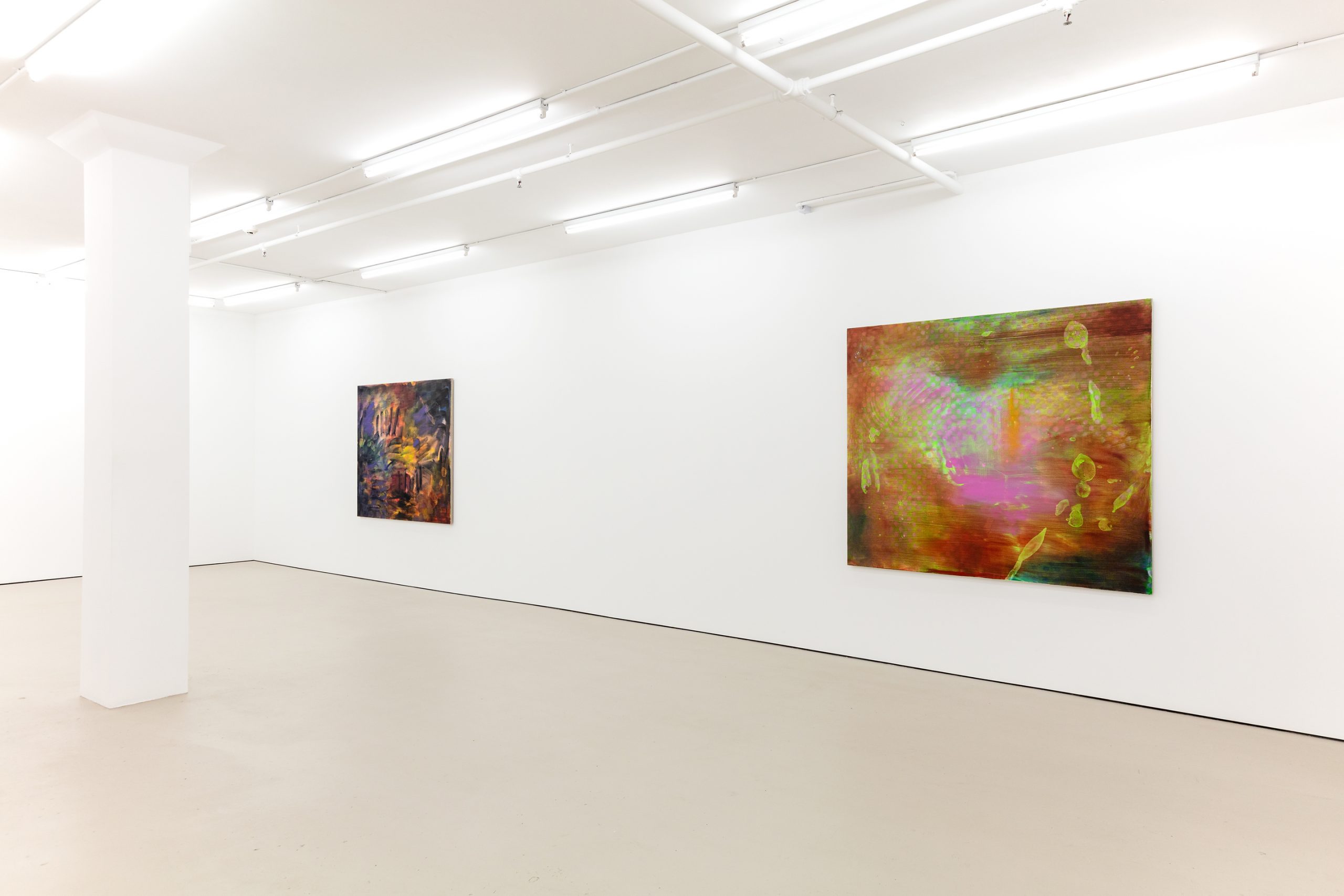
Emma McIntyre
Heat, 2020
installation view: Mossman, Wellington
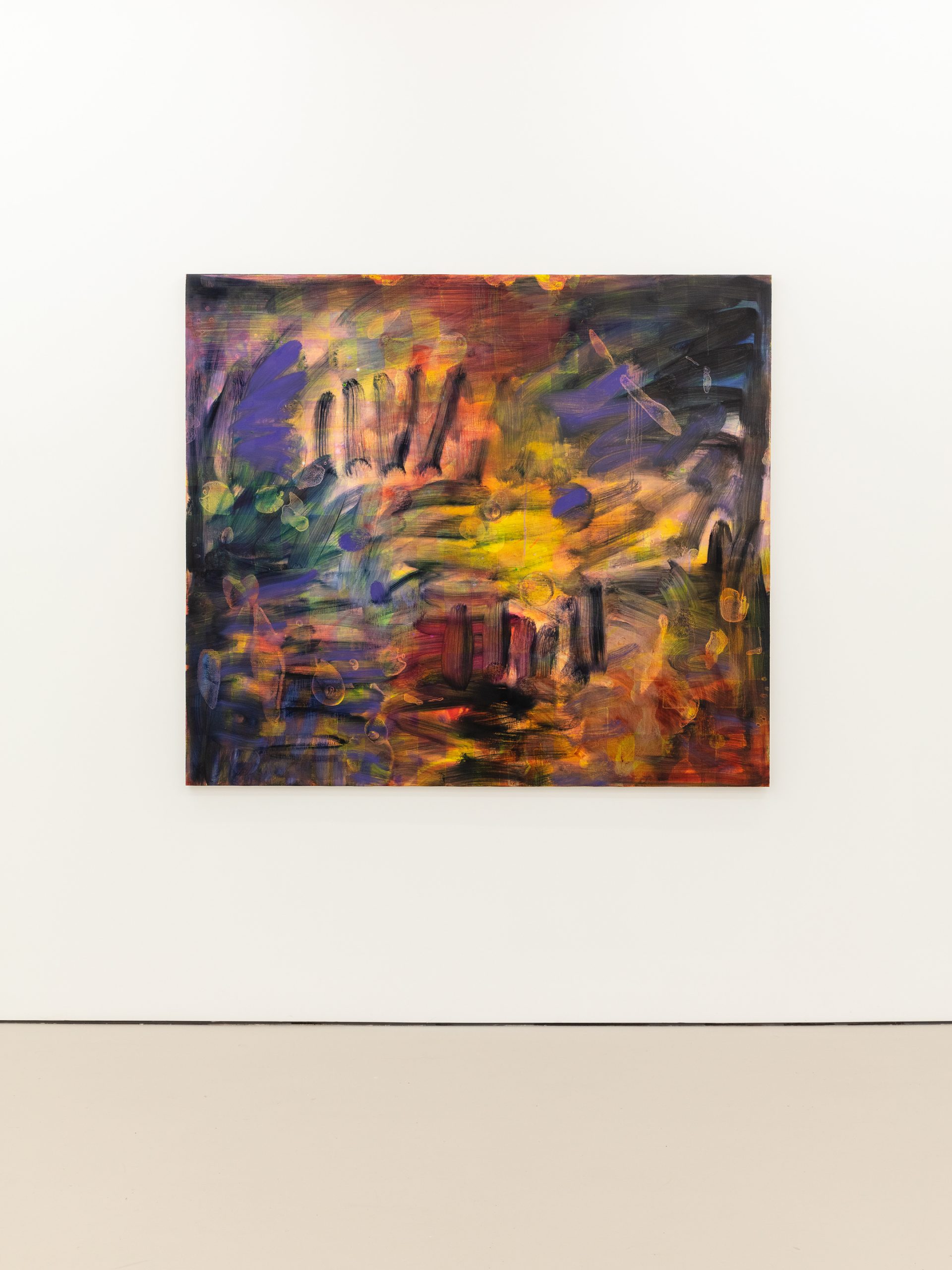
Emma McIntyre
Handbody, 2020
oil and acrylic on linen
1422 x 1625mm
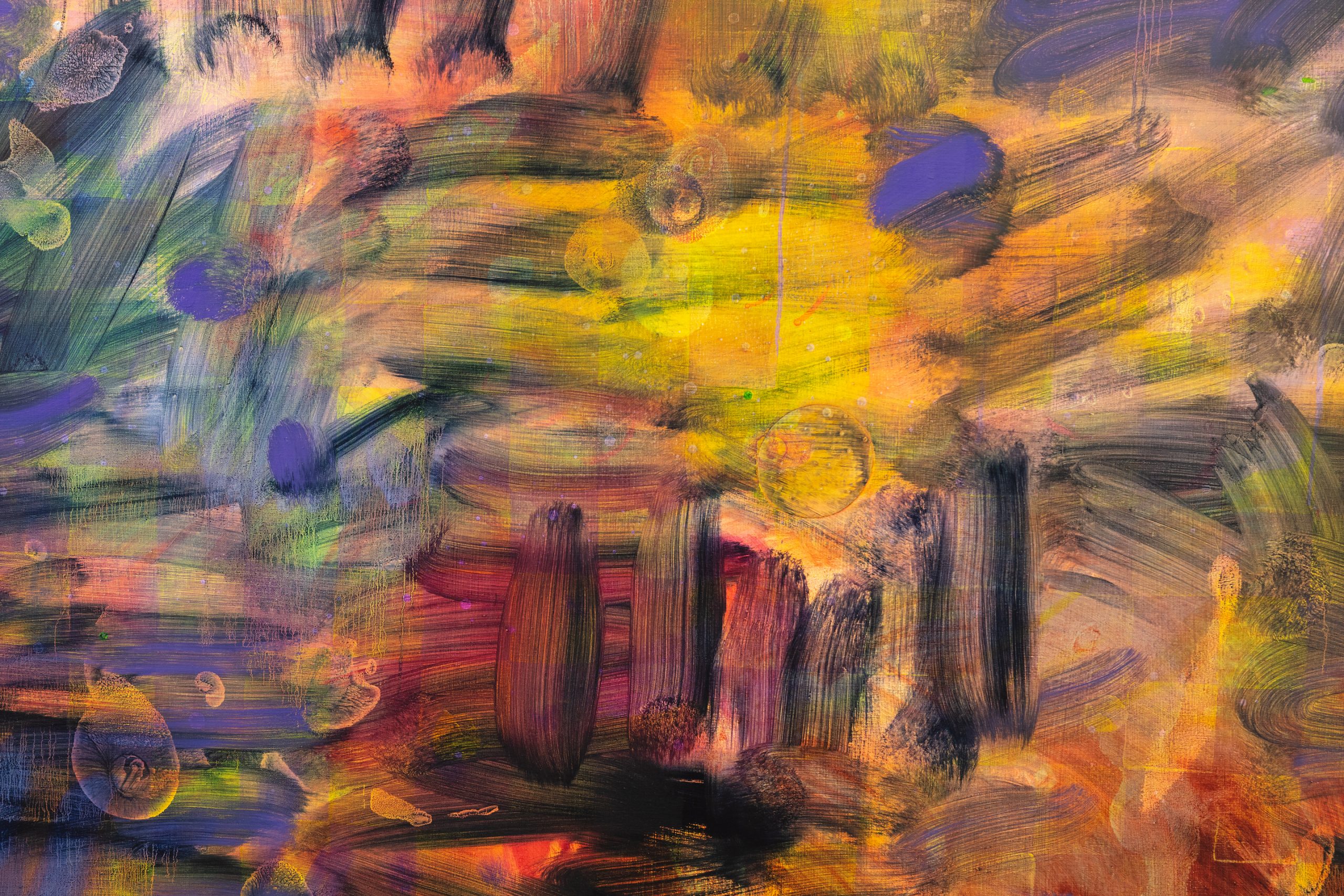
Emma McIntyre
Handbody, 2020
(detail)
oil and acrylic on linen
1422 x 1625mm
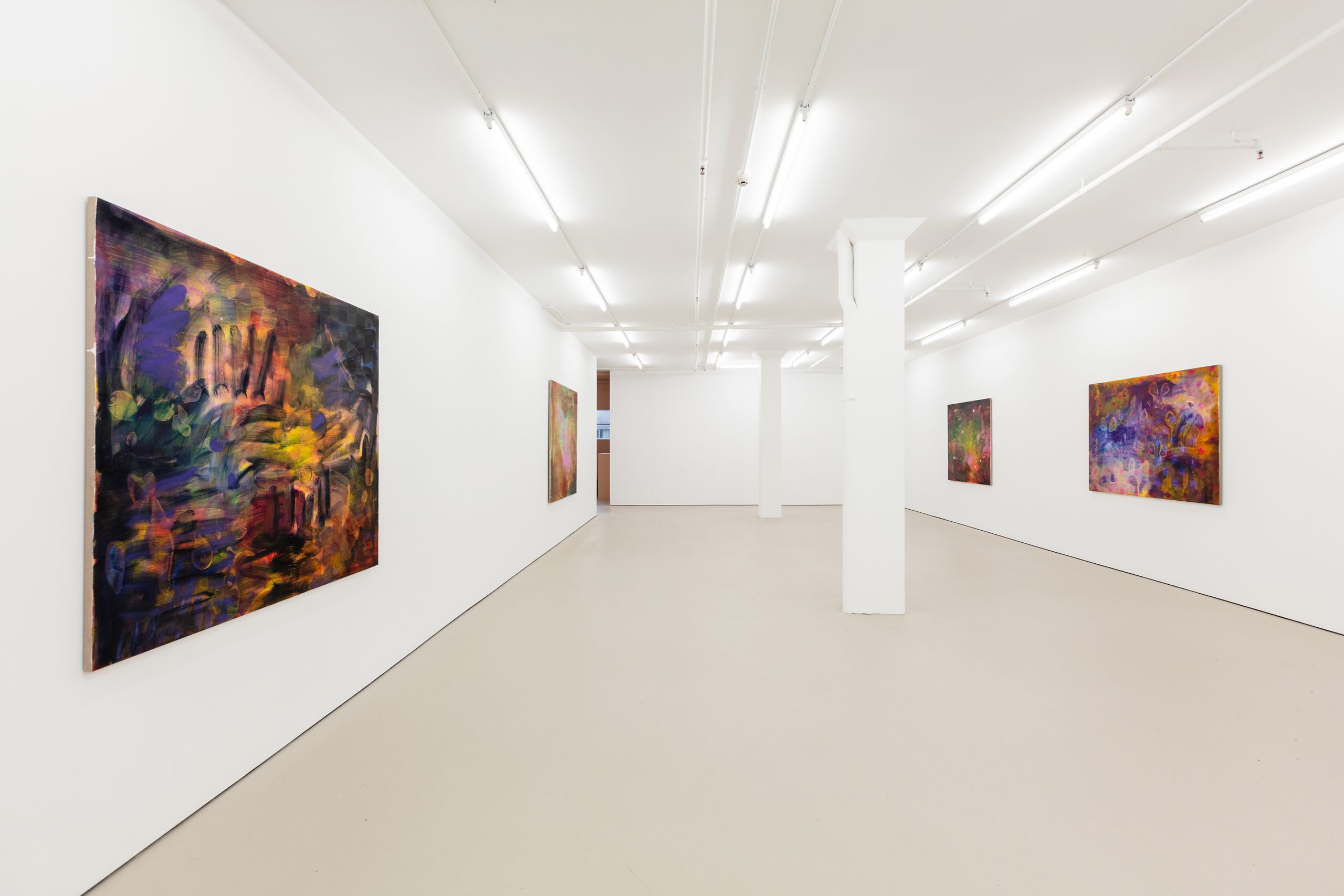
Emma McIntyre
Heat, 2020
installation view: Mossman, Wellington
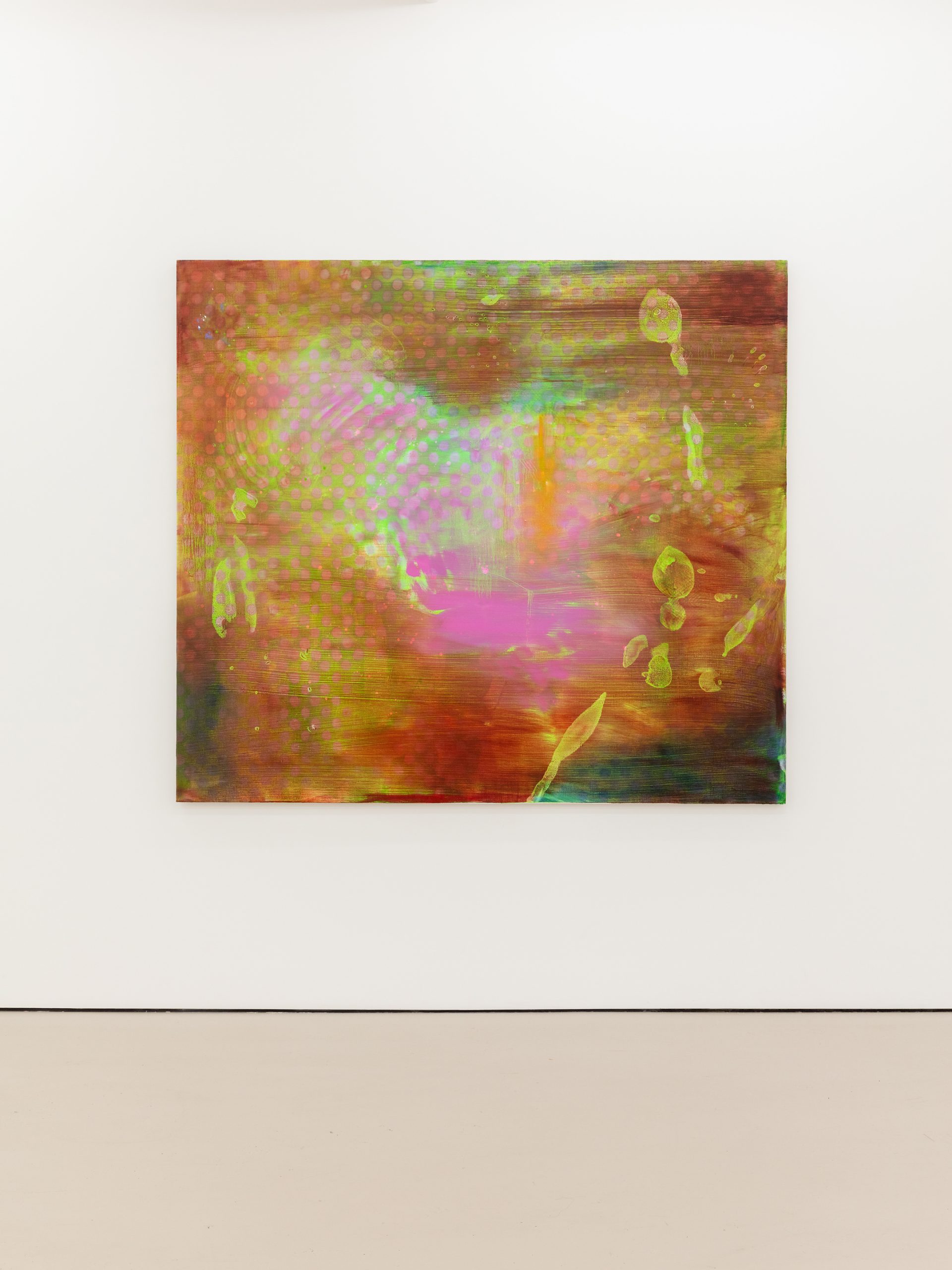
Emma McIntyre
The cove, 2020
oil and acrylic on linen
1578 x 1770mm
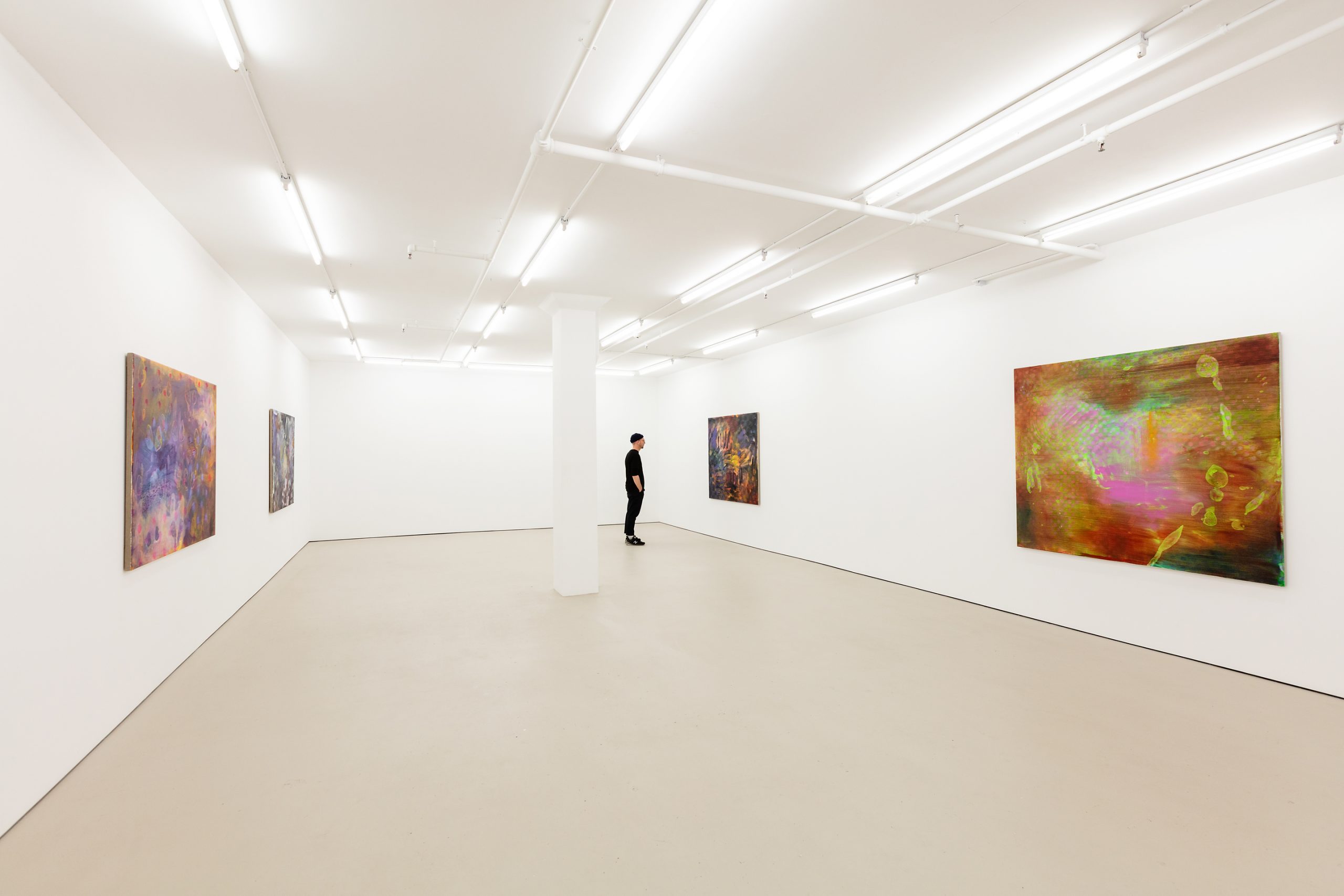
Mossman is pleased to present Heat, a solo exhibition of new paintings by Emma McIntyre.
A Couple of Days or a Week, by Nicholas Smith
At the bottom most layer, the linen retains a texture in order to catch and hold pigment. White gesso creates a homogenous layer over the small bumps and pits in the warp and weft of the underlying fabric. The movement back and forth between applications of gesso and sanding is paused a few layers shy of smooth obliteration. Iridescent paint is then applied in broad sweeping brushstrokes, quickly and efficiently covering the entire surface. Painted outdoors, I imagine the canvas catching the flat, hot Californian light. I imagine it soaking up this warmth, reflecting it back onto sun weary eyes. A repetitive pattern of small acrylic circles in green, lurid green, verging on a fluorescent green, are used to cool the surface. Green recedes into the background. Iridescent white blazes forth. A darker green, slightly muddied by the residual paint left on a palettes surface, is spread in horizontal brushstrokes. Starting at the top, it makes its way via tight zigzagging movements, just kissing each edge all the way down to the base of the canvas. There is no break to reload the brush with more paint. Dense colour at the top. Thin at the bottom. A smaller and dryer brush cuts in while the oil is still wet, removing paint rather than applying it. A pause or slight hesitation at the end of a brushstroke makes an imprint of each individual bristle as it leaves off the canvas. The momentary pause stretches into days, the canvas sunning itself against the weatherboard house, moisture evaporating in the constant dry heat.
The canvas is revisited, this time with gradations of hot pink and violet, muddied toward tints of dulled indigo and grey. A palette of liquefied oils are lathered on top of greens in quick and then slow, but always fluid movements. A rag is smeared across the surface of the canvas. A discarded pair of pants is used to mop up the extra liquid. Paint is applied and removed in this fashion, again and again, over and over. The upper left of the canvas begins to be ignored as the right pulsates between muddied pinks and dirty greys. A deep iodine red catches the top of the canvas. A clean brush grazes past the tone and rubs itself dry in small patches of blushing ochre. The rag, now soaked in turpentine, vigorously rubs a hole through pink and green, down to the iridescent layers beneath. Heat glows forth as green recedes further back. Rivulets of turps trace furrows along the canvas’ texture, burning thin lines through pink and purple. A small circular implement, maybe the wooden end of a brush, dirtied by red pigment leaves watery blotches of primary colour. Having utilised both ends of the brush, it is now discarded. The artist’s bare hand is pushed into the canvas, taking a layer of paint away with it.
On the final day of painting, excessive amounts of medium are discarded in favour of thick and opaque colours. Broad and fluid movements, actions that stem from the shoulder are discarded too, in favour of short punching motions that are restricted to the wrist. White – but not the burning hot white of the iridescent layer beneath – a colder white sullied by a dull blue is applied to the canvas. The brush paws at the surface. A smaller brush dabs on flat swatches of warm yellow. Neither brush revisits the palette. Its residual paint is allowed to run out. The first brushstrokes, heavy with paint, rupture the blurred landscape of tone and gesture beneath. Their form is fixed. They demand attention. The subsequent brushstrokes, each weaker than the last, gradually disappear into and then behind the bottom most layers of paint. Heat pushes up from the layers beneath, obliterating cool greens and blues, all the way up to (even slightly beyond) the foremost pinks and yellows. Heat, either the perceived warmth of a colour, or the fevered action of rubbing vigorously at the surface of the canvas, obliterates the form of each gesture. The canvas is put aside to rest, allowed to bask in the warm sun. It leans against the weatherboard house in its usual spot, mottled iridescence glinting in the sunlight.
Emma McIntyre (b. 1990, Auckland) graduated with a BVA (Painting) from AUT University in 2011, and an MFA from Elam School of Fine Arts, University of Auckland, in 2016. In 2019 she was awarded a Fulbright General Graduate award to study an MFA at ArtCenter College of Design, Pasadena C.A., where she is currently in her second year.
Selected exhibitions include: The Blue of it, 21 Shaddock st, Auckland (2019); Memory Disco, Hopkinson Mossman, Wellington (2019); Rose on Red, Hopkinson Mossman, Wellington (2018); Pink Square Sways, Hopkinson Mossman, Auckland (2017); A Trip to the Beach, Play_station, Wellington (2017); Painting: A Transitive Space, ST Paul St Gallery Three, Auckland (2016).
